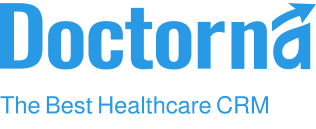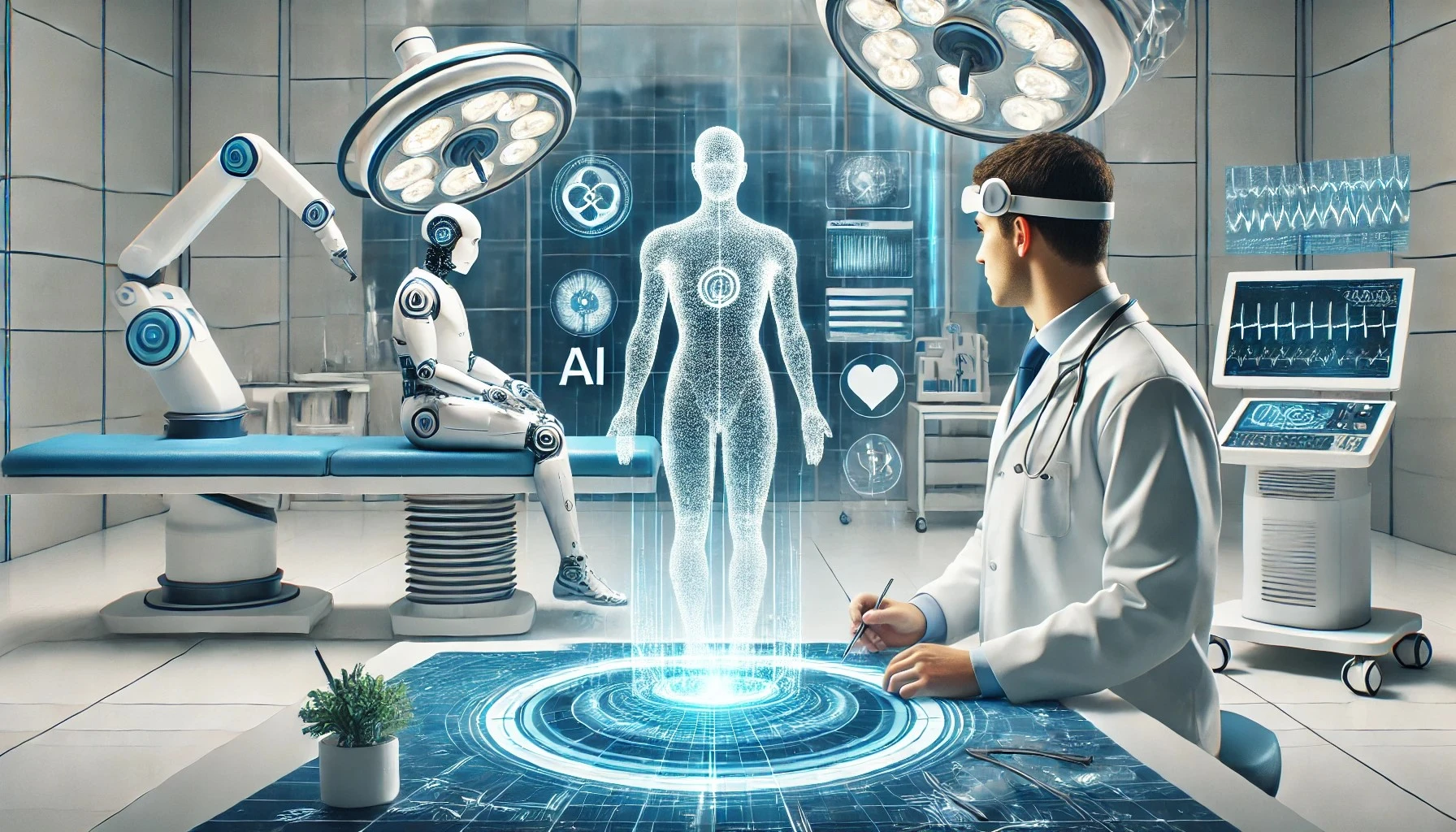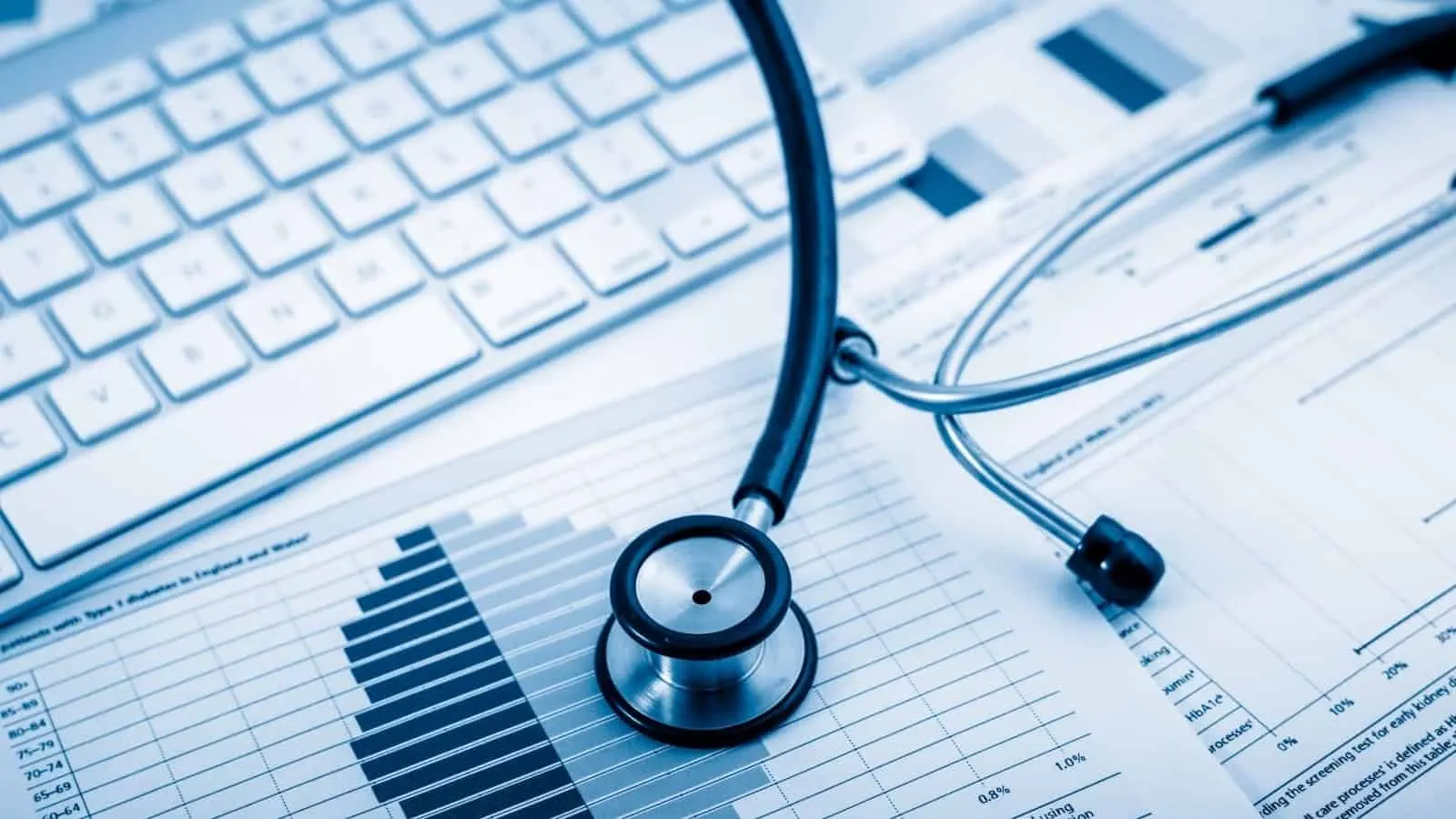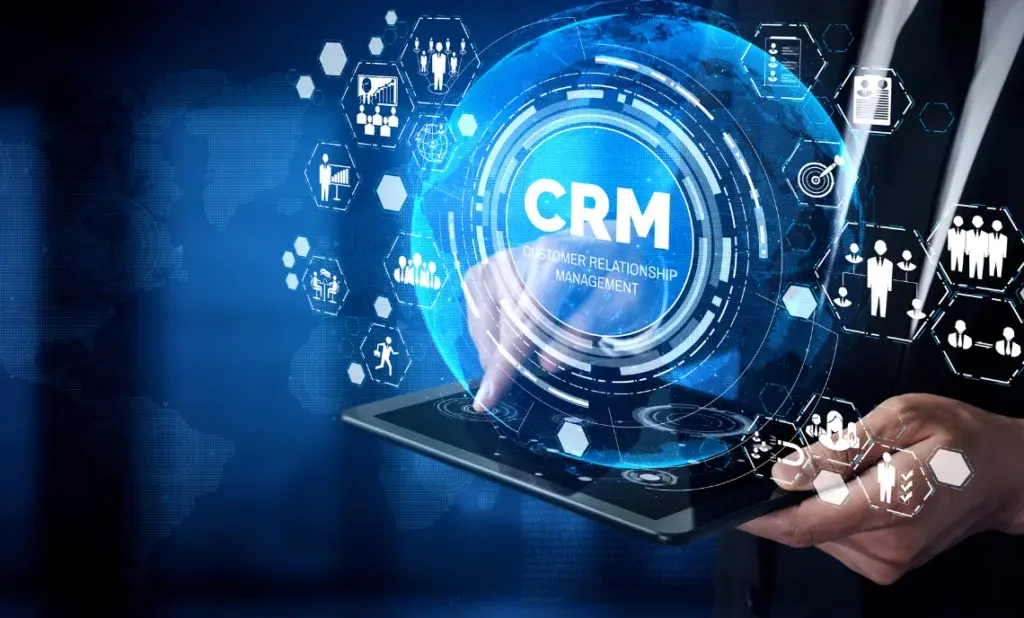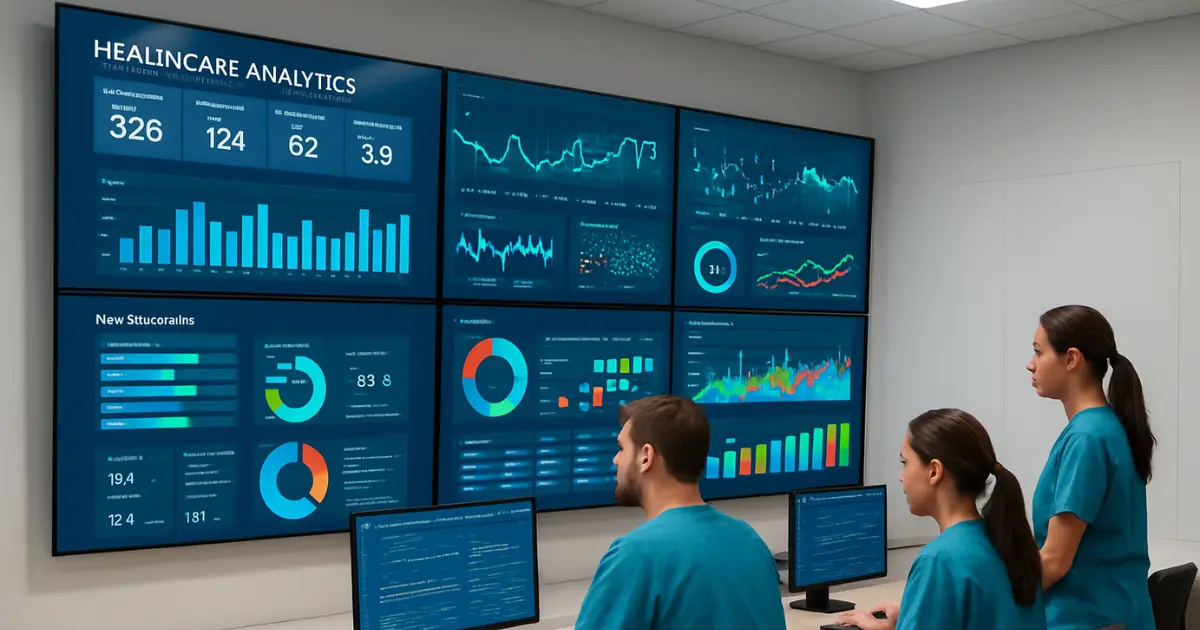In today’s digital-first healthcare landscape, communication plays a vital role in delivering exceptional patient experiences. Whether it’s appointment reminders, post-visit follow-ups, or health education campaigns, personalized and timely communication can significantly improve patient satisfaction and retention. This is where a Customer Relationship Management (CRM) system becomes a game changer. By leveraging CRM data effectively, healthcare organizations can transform their patient communication strategies from generic to targeted, ensuring that every message reaches the right person at the right time.
Understanding the Role of CRM in Healthcare
A healthcare CRM is much more than a database of patient contact information. It’s a centralized system that collects, organizes, and analyzes data from multiple sources—such as Electronic Health Records (EHR), appointment systems, billing software, and marketing campaigns. This integration provides a 360-degree view of each patient’s history, preferences, and interactions with the organization.
When used strategically, CRM data empowers healthcare providers to segment their audience, predict patient needs, and communicate in ways that build trust and long-term relationships. Instead of sending mass messages, you can deliver personalized communication that truly resonates.
1. Segment Patients for Personalized Outreach
The first step in targeted communication is patient segmentation. Using CRM data, you can group patients based on demographics (age, gender, location), medical history, visit frequency, or treatment preferences.
For example:
- Age-based segmentation: Send preventive care reminders to older adults for regular screenings or vaccinations.
- Condition-based segmentation: Share lifestyle tips or medication reminders with diabetic or hypertensive patients.
- Behavior-based segmentation: Engage inactive patients with wellness programs or incentives to schedule follow-ups.
This level of targeting ensures that communication feels relevant and personalized, rather than generic or intrusive.
2. Automate Appointment and Follow-Up Reminders
Missed appointments are a major challenge in healthcare, often leading to operational inefficiencies and lost revenue. CRM systems can automate appointment confirmations, reminders, and follow-ups through SMS, email, or push notifications.
For instance, based on patient data, the CRM can automatically send:
- A reminder 24 hours before an appointment.
- A follow-up survey after the visit to assess satisfaction.
- A check-in message after a procedure to ensure recovery is on track.
Automating these communications not only saves staff time but also ensures consistency and reliability—helping patients feel cared for at every step.
3. Use Predictive Analytics to Anticipate Patient Needs
Modern CRM platforms often include predictive analytics capabilities that use historical data to forecast future patient behaviors. For example, if a patient typically books an annual check-up in June but hasn’t done so yet, the CRM can trigger an automatic reminder.
Similarly, predictive analytics can identify at-risk patients who may need additional support. For instance, a diabetic patient who hasn’t refilled their prescription might receive a personalized alert or educational content about medication adherence.
By anticipating patient needs, healthcare providers can move from reactive to proactive communication—building stronger, trust-based relationships.
4. Deliver Health Education and Wellness Campaigns
CRM data helps healthcare organizations design targeted health education campaigns tailored to patient interests and conditions. Rather than sending a one-size-fits-all newsletter, you can personalize content based on data insights.
Examples include:
- Lifestyle management tips for patients with chronic conditions.
- Seasonal campaigns like flu vaccination reminders in winter.
- Preventive care education for different age groups or risk profiles.
Personalized educational content not only improves health outcomes but also strengthens the patient-provider relationship by showing a genuine commitment to patient wellness.
5. Optimize Multi-Channel Communication
Patients today expect convenience and flexibility in how they receive information. A robust CRM allows healthcare organizations to manage multi-channel communication, including email, SMS, in-app notifications, and even WhatsApp messaging.
Using CRM data, you can track which channels each patient prefers and what type of communication yields the best engagement. For example, younger patients might prefer SMS reminders, while older patients might respond better to emails or phone calls.
By delivering messages through preferred channels, you increase engagement rates and reduce the likelihood of communication fatigue.
6. Measure and Improve Communication Effectiveness
Effective communication doesn’t end when a message is sent—it’s equally important to measure how patients respond. CRM analytics tools provide metrics such as open rates, click-through rates, appointment confirmations, and survey feedback, allowing healthcare providers to evaluate campaign performance.
If a particular campaign underperforms, data insights can guide improvements. For example, you might adjust the messaging tone, timing, or channel. Over time, these refinements lead to more impactful communication and better patient engagement.
7. Ensure Compliance and Data Security
When using CRM data for communication, maintaining data privacy and compliance is critical. Healthcare organizations must adhere to regulations like HIPAA (in the U.S.) or GDPR (in Europe) to protect patient information.
Ensure that your CRM:
- Encrypts all sensitive data.
- Provides role-based access controls.
- Logs all data interactions for auditing purposes.
- Obtains patient consent for communications.
Building trust through transparency and security reinforces your organization’s credibility and protects both patients and providers.
8. Integrate CRM With Other Systems
For maximum impact, integrate your CRM with other healthcare systems such as EHR, billing, and telemedicine platforms. This integration ensures that communication is always informed by the most up-to-date data.
For instance, if a patient cancels an appointment in the scheduling system, the CRM automatically pauses reminder messages. Or, if a lab result indicates a critical condition, the CRM can notify the care team to reach out immediately.
This interconnected ecosystem enables seamless communication, improving both operational efficiency and patient experience.
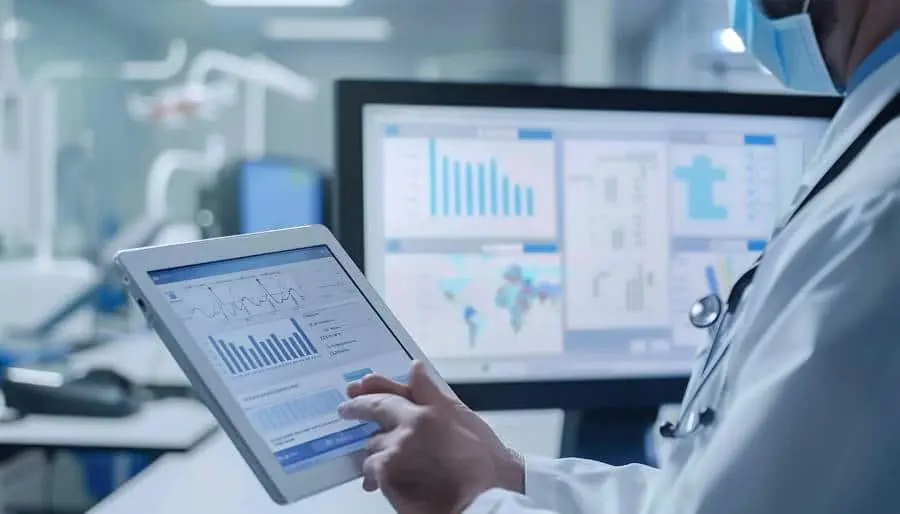
Conclusion
In healthcare, communication is not just about sending messages—it’s about building meaningful relationships that drive better outcomes. By using CRM data for targeted patient communication, healthcare organizations can deliver personalized, timely, and compliant interactions that improve patient satisfaction and loyalty.
From segmentation and automation to predictive analytics and multi-channel engagement, the strategic use of CRM data turns communication into a powerful tool for both patient care and business growth.
